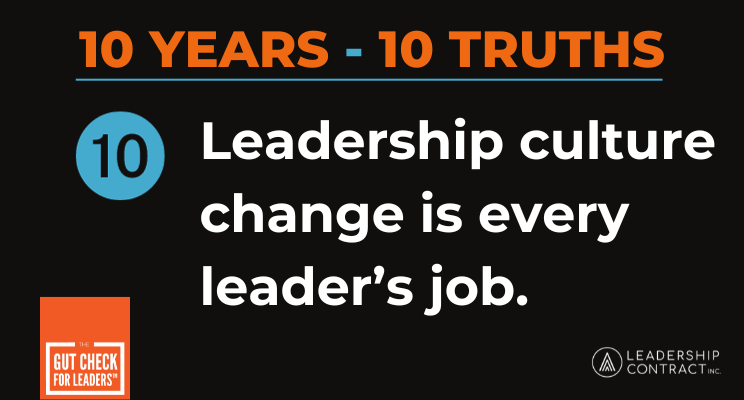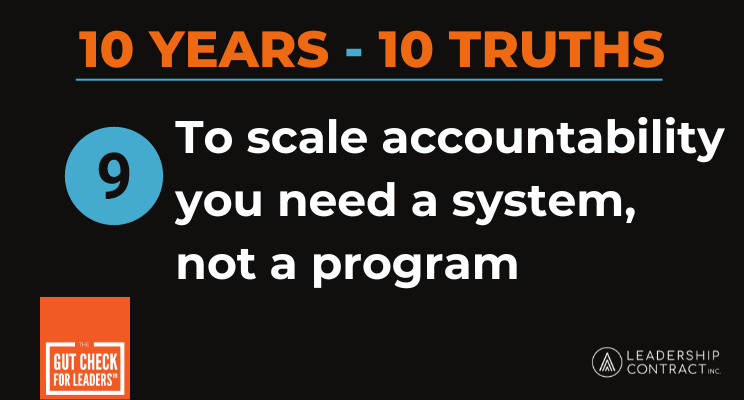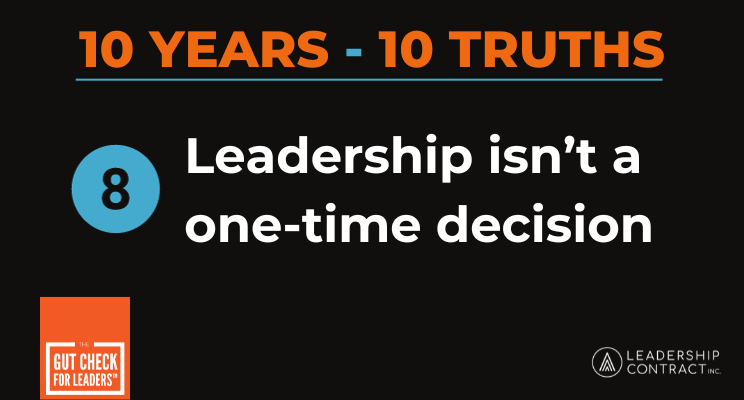BIG IDEA:
Whether you like it or not, it’s no longer possible to let departments function as islands within the larger organization.
As a leader, it’s never been easier to convince yourself — and those around you — that you can do your job perfectly well while existing in your own comfortable silo.
In many industries, the pandemic has hastened the normalization of hybrid and fully remote work. Data projections from Ladders suggest that a quarter of all jobs with annual salaries of $100,000 or more will be remote by the end of 2022, and that the percentage will continue to rise into 2023.
While hybrid and remote-working setups certainly don’t equate to leaders having to live in their own little worlds, checking off their own to-do lists and neglecting to understand the challenges and endeavors of their direct reports, their peers in other departments, and/or their counterparts in other companies—it does make it far easier to work this way. Virtual meetings are more likely to be strictly scheduled and narrowly focused, leaving little time for side conversations, socializing, or high-level reflecting.
But what’s also true is that, for organizations, the failure to remove leaders’ blinders and let them focus on their own areas without understanding the experiences of others within (and outside of) the organization is riskier than ever.
The unfortunate reality is that far too many leaders are still focusing on their own little corners of the universe — that is, on their own roles and departments — to the exclusion of the many others they work with. It’s time for leaders to find new ways to reach out and truly connect with their direct reports and the many other people they work alongside.
WHY IT MATTERS:
An organization in which leaders are mainly focused on their own tasks and concerns is an organization where opportunities for synergies, innovation, and collaborations are being lost.
This tendency for leaders to work in silos was a growing problem even before the pandemic. For many years, organizations have inadvertently promoted this tendency with performance measurements that are completely focused on individual or departmental priorities. It has long been true that, unfortunately, organizations aren’t measuring leaders based on their ability to build networks and work in concert with one another.
What has happened during our current hybrid setting? A recent survey of over 300 software engineers found that, while team coordination generally declined as virtuality increased, it was a completely different scenario when virtual teams had high levels of trust in their leaders, their own empowerment, and their cohesion as a team. The researchers write: “Clearly, leadership in virtual teams is important.” Their results show that this is in part “because leaders influence the way a team faces obstacles and the way the team ultimately adapts to challenges.” And this is a moment in which every team, across every industry, is confronting challenges.
The bottom line is that this internal, individual focus doesn’t drive organizational success. When there is too much internalization going on, the silos within an organization can be working at cross-purposes. These are the organizations that spin their wheels and get stuck in the mud because everyone is going off in different directions and doing their own thing.
THE IMPACT:
Organizations who connect their leaders and stakeholders will be the ones best positioned to navigate challenges and drive growth, even in uncertain times.
The most successful organizations that my team and I work with today are those whose leaders work with a united front across functions and across departments, driven by the common goal of meeting the organization’s strategic objectives. These leaders are clear on the role their teams and departments play in success, how everyone needs to pull together, and they make sure their respective teams also have this clarity.
Beyond that, the high-performing organizations we talk to and work with also make a deliberate focus on building community within their organization. They create a culture where leaders can create relationships, eliminate roadblocks, drive collaboration, and spark innovation.
WHAT TO PAY ATTENTION TO:
Create a community of leaders in your organization and set expectations for them to encourage efficient and effective collaboration on their teams.
The good news is that helping leaders in your organization become more focused on what’s going on outside their own silos doesn’t have to require major overhauls.
- Review how you celebrate and reward success. Does it amplify silos or collaboration?
- Hold events or virtual meetings that require senior leaders across the organization to meet face to face, without necessarily having a specific work agenda. This simple solution will unleash new collaborative and creative energy within your organization.
For leaders themselves, here are a few ideas for small, regular steps they could normalize starting today:
- Establish a regular pattern of reaching out to fellow leaders. Connecting with colleagues outside their own department for coffee, lunch, or a Zoom chat.
- Invite leaders from other departments into meetings to share what they do and explore how they can all work more effectively together.
- Reach out to someone outside of your department once every week or two for a one-on-one conversation about their role, its struggles, and their ideas.
Getting leaders to change habits won’t happen immediately. It takes defining clear leadership expectations and linking them to success. With time, our clients see their leaders breaking out of their silos and gaining new ideas, collaborations, and lessons that make their jobs easier and more rewarding, which simply deepens these positive habits into their culture.
More Leadership Resources
We have many resources to help you become the most accountable leader you can be, develop accountable leaders on your team, and scale leadership accountability across your organization.
Signup for our monthly newsletter with the latest Gut Check for Leaders, Lead the Future Podcast, and other important leadership accountability news.





